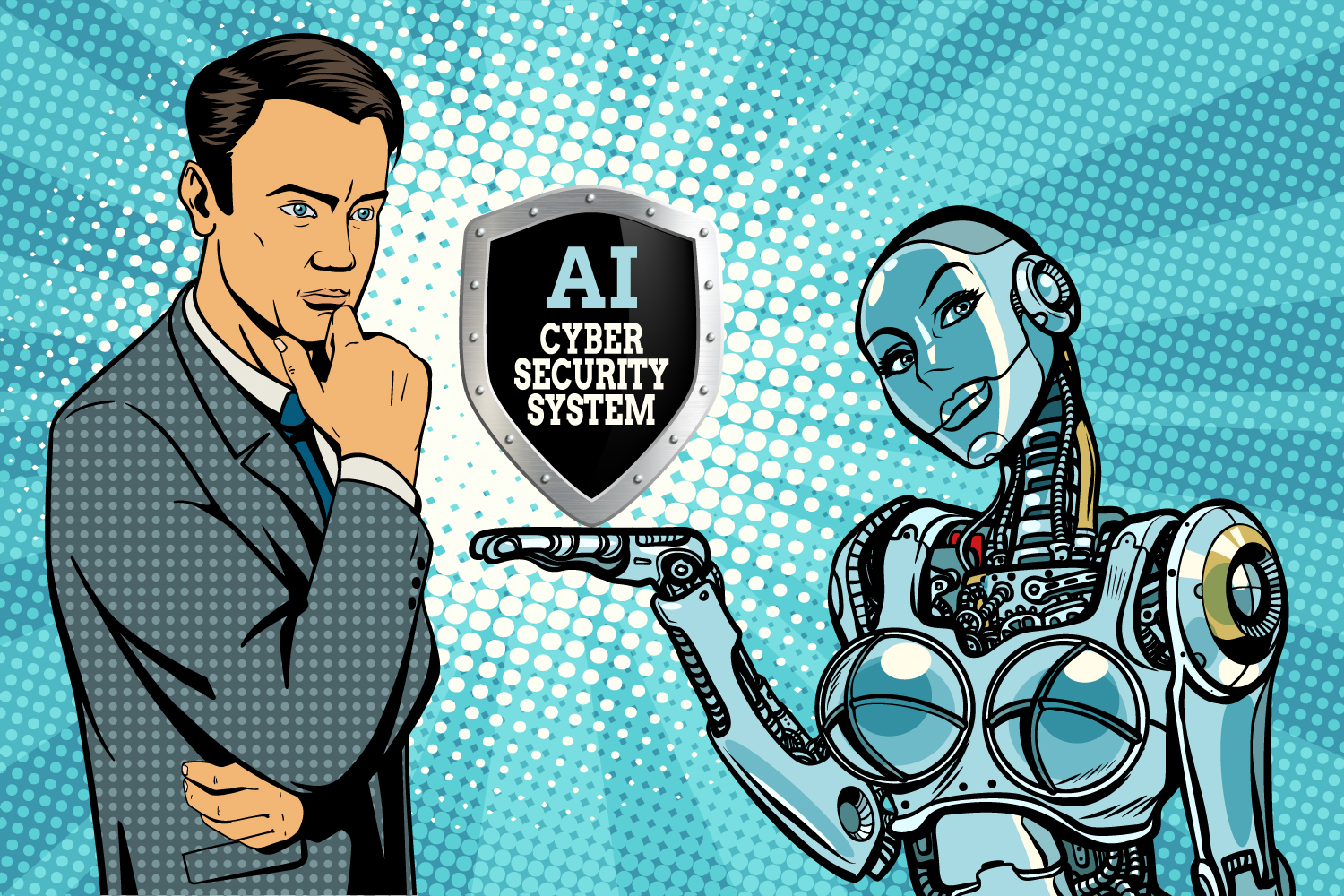Can we really talk about AI in cybersecurity?
![]() Beatrix Polyák
Beatrix Polyák
![]() 2021.11.09
2021.11.09

Artificial intelligence (AI) has become a buzzword in cybersecurity, much like in other sectors. But does the AI currently used in cybersecurity truly qualify as AI? The short answer is no—at least not yet.
The Evolution of AI
While AI is often seen as a modern innovation, its roots date back to World War II when Alan Turing first conceived the idea of a thinking machine. Over the decades, AI has progressed significantly and is now prevalent in industries such as healthcare, autonomous vehicles, and smart cities.
However, AI is not just one technology. Terms like deep learning (DL) and machine learning (ML) often get lumped under AI, though they are distinct. DL mimics how the human brain processes information but requires large data sets, while ML involves algorithms that learn and adapt, often with human input. True AI, however, goes further by reasoning and learning from experience, akin to human intelligence.
AI in Cybersecurity: The Current State
Cybersecurity today predominantly employs expert systems with machine learning capabilities rather than true AI. These systems emulate decision-making processes, applying if-then rules to vast amounts of data to detect potential threats. While helpful, these systems are not fully autonomous; they still rely on human input to improve and adapt.
A closer analogy can be drawn from the automotive sector. Driver assistance systems are akin to today’s cybersecurity “AI”—helpful but not independent. Autonomous cars, representing true AI, are a future aspiration for cybersecurity, enabling systems to proactively predict and prevent attacks without human intervention.
Challenges and Future Potential
The cybersecurity landscape constantly evolves, making it harder to develop and deploy true AI. Current tools often lack the visibility and precision needed to detect and respond to advanced threats effectively. However, AI has the potential to shift security operations centers (SOCs) from reactive to proactive, identifying and neutralizing threats before they occur.
Moreover, AI addresses a critical issue in the industry: staff shortages. With a growing need for skilled SOC analysts, AI can fill gaps by automating routine tasks and improving efficiency.
Conclusion
True AI in cybersecurity is still on the horizon, but the technology’s potential is undeniable. By leveraging machine learning and expert systems, organizations can lay the groundwork for more advanced AI applications. As AI matures, it promises to transform SOCs into proactive, predictive systems, revolutionizing how threats are managed.
Read the full article on our International subsidiary’s website by clicking on the image.


